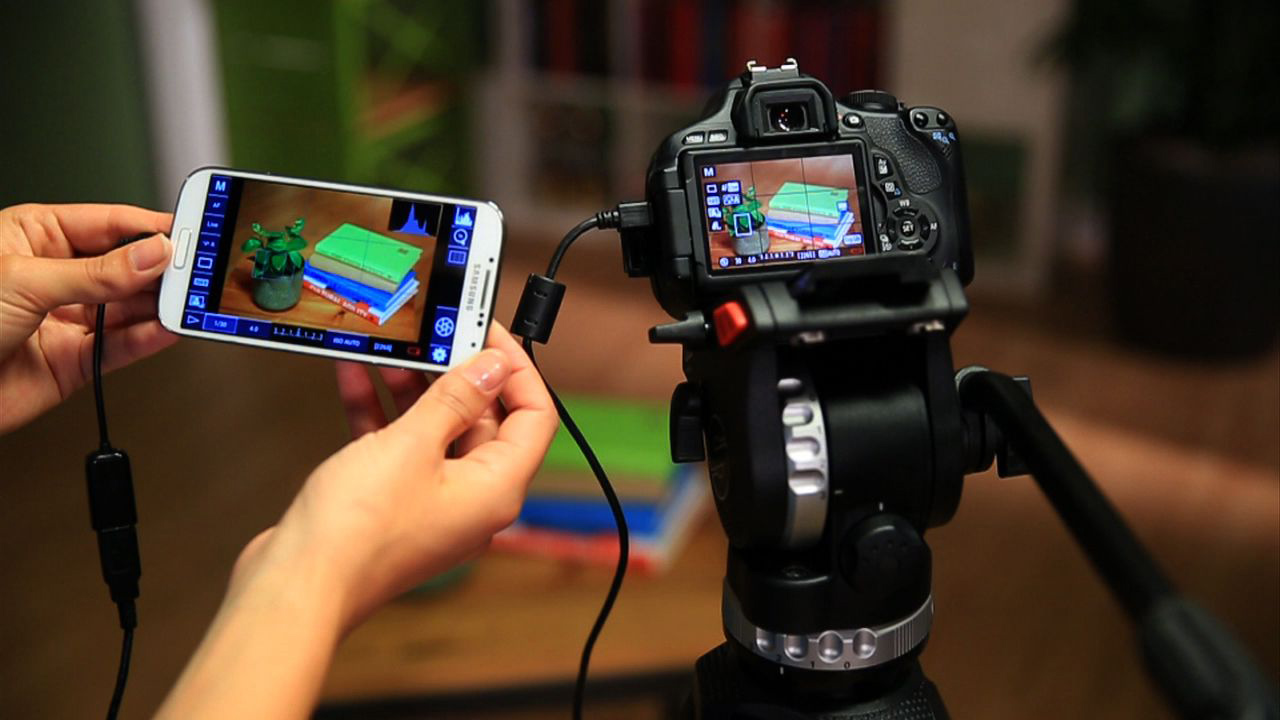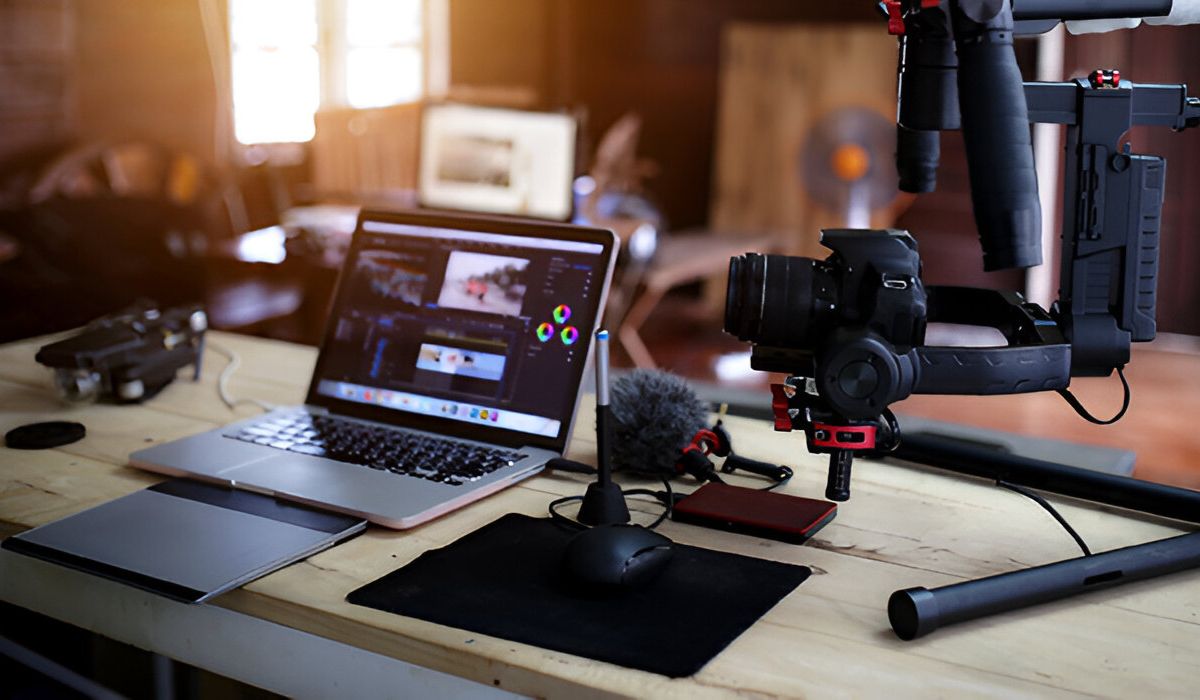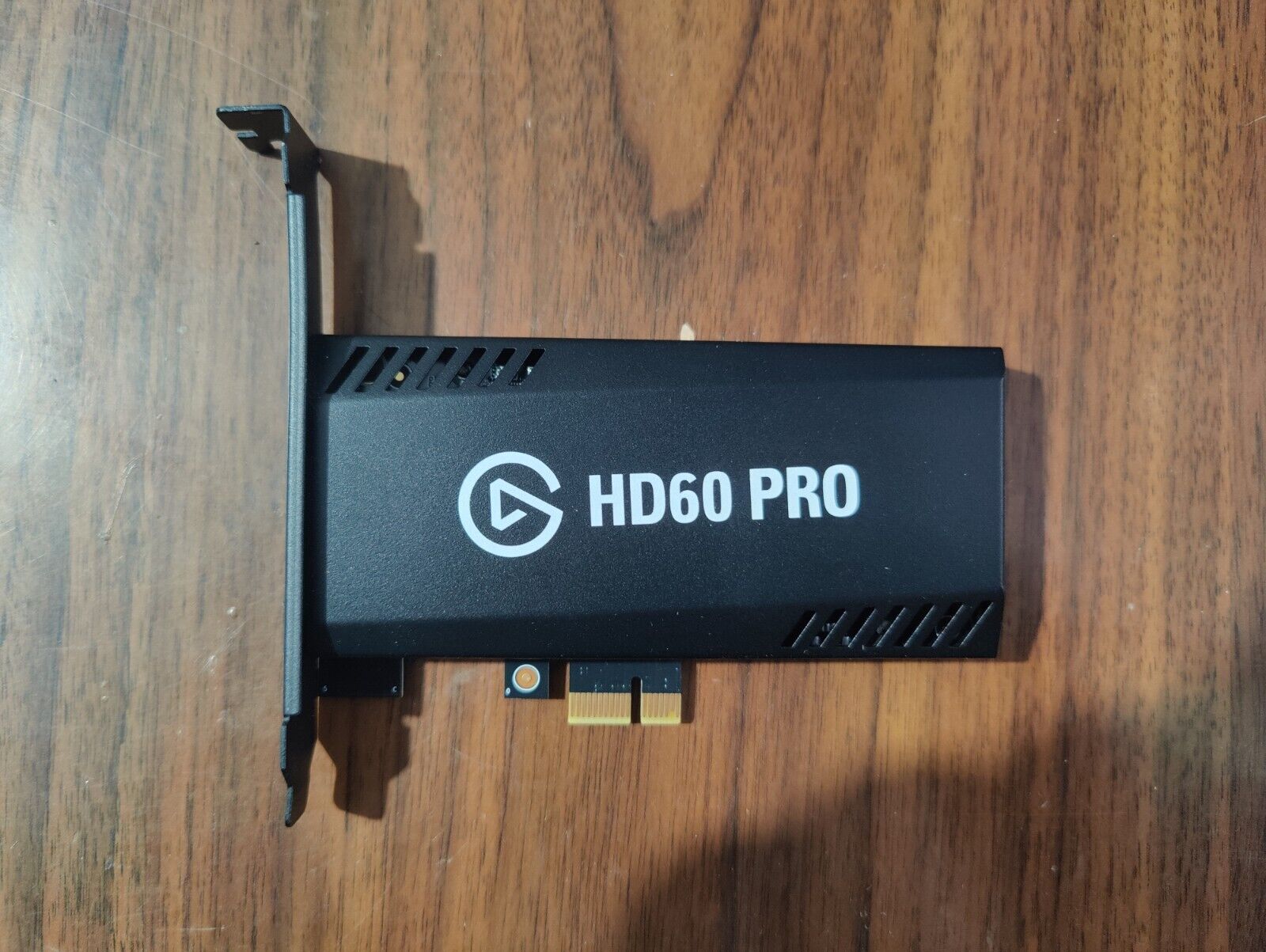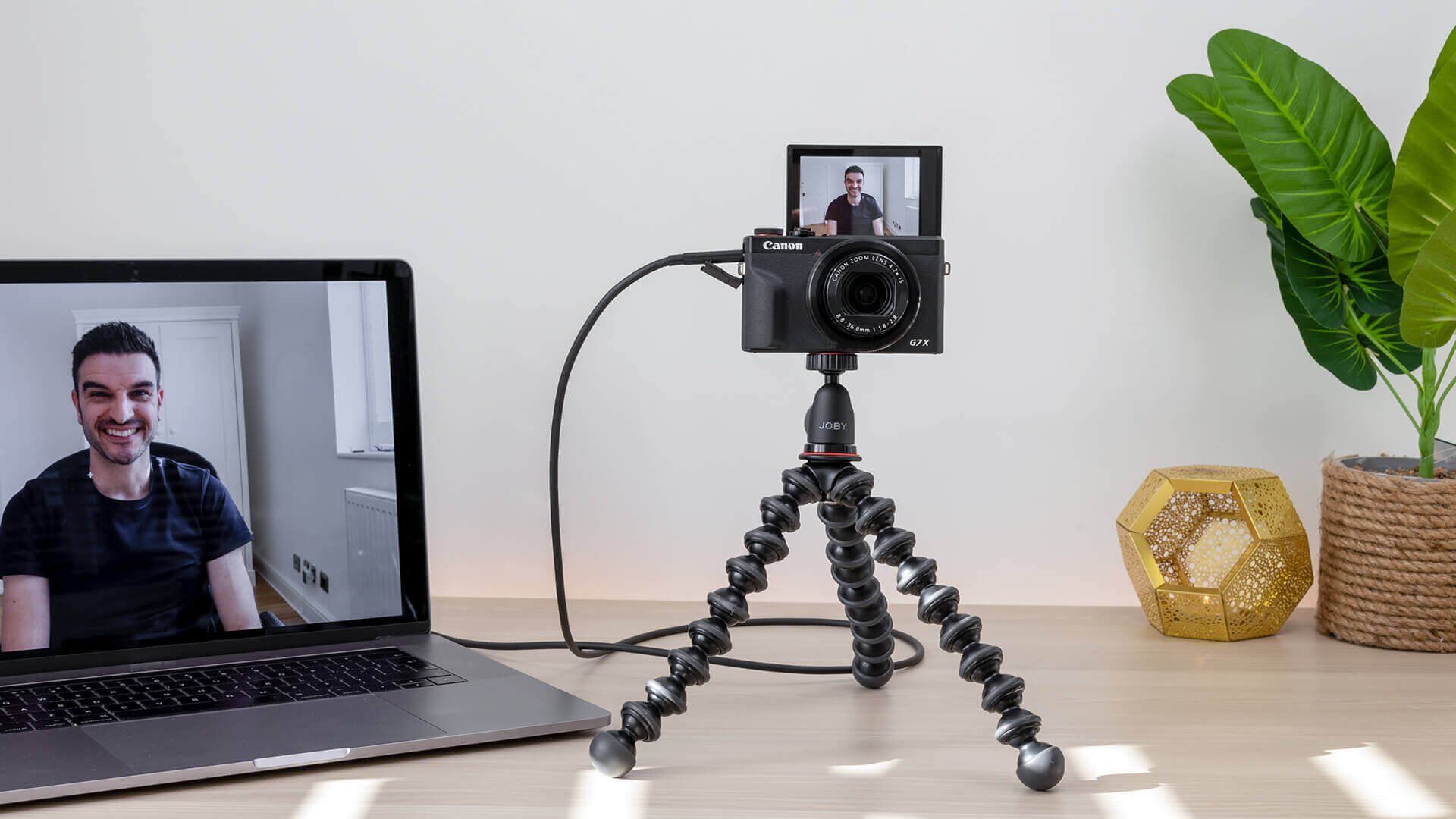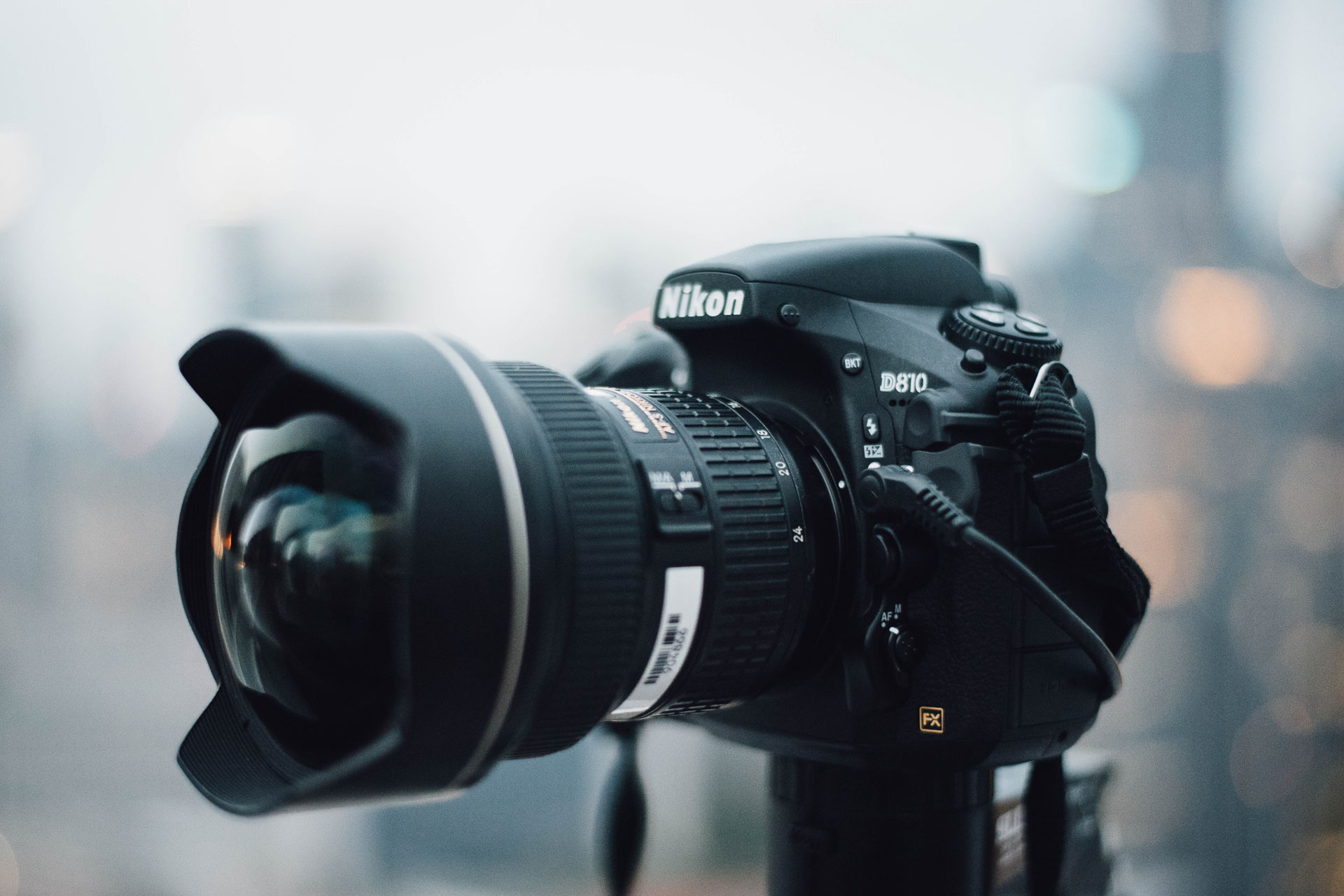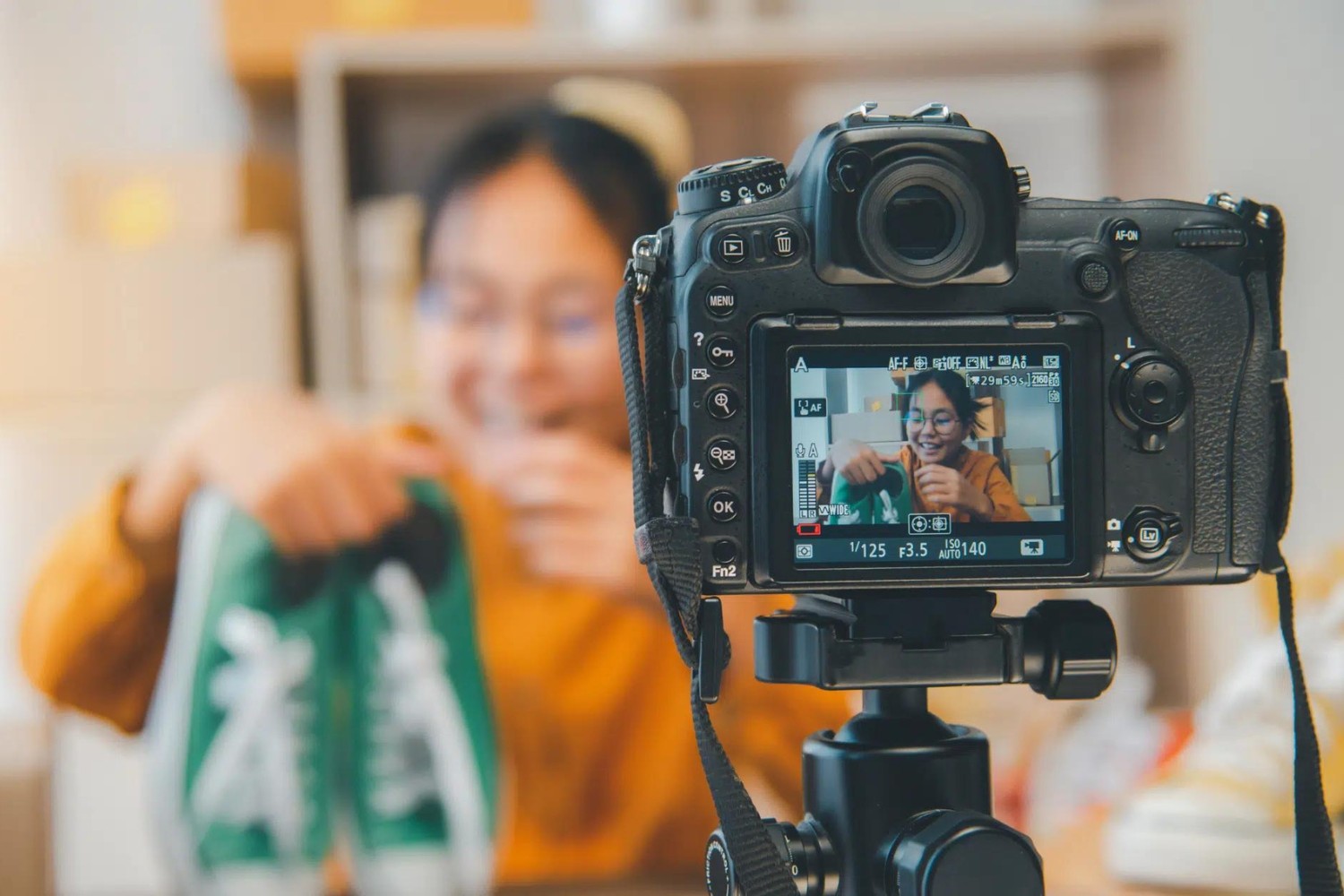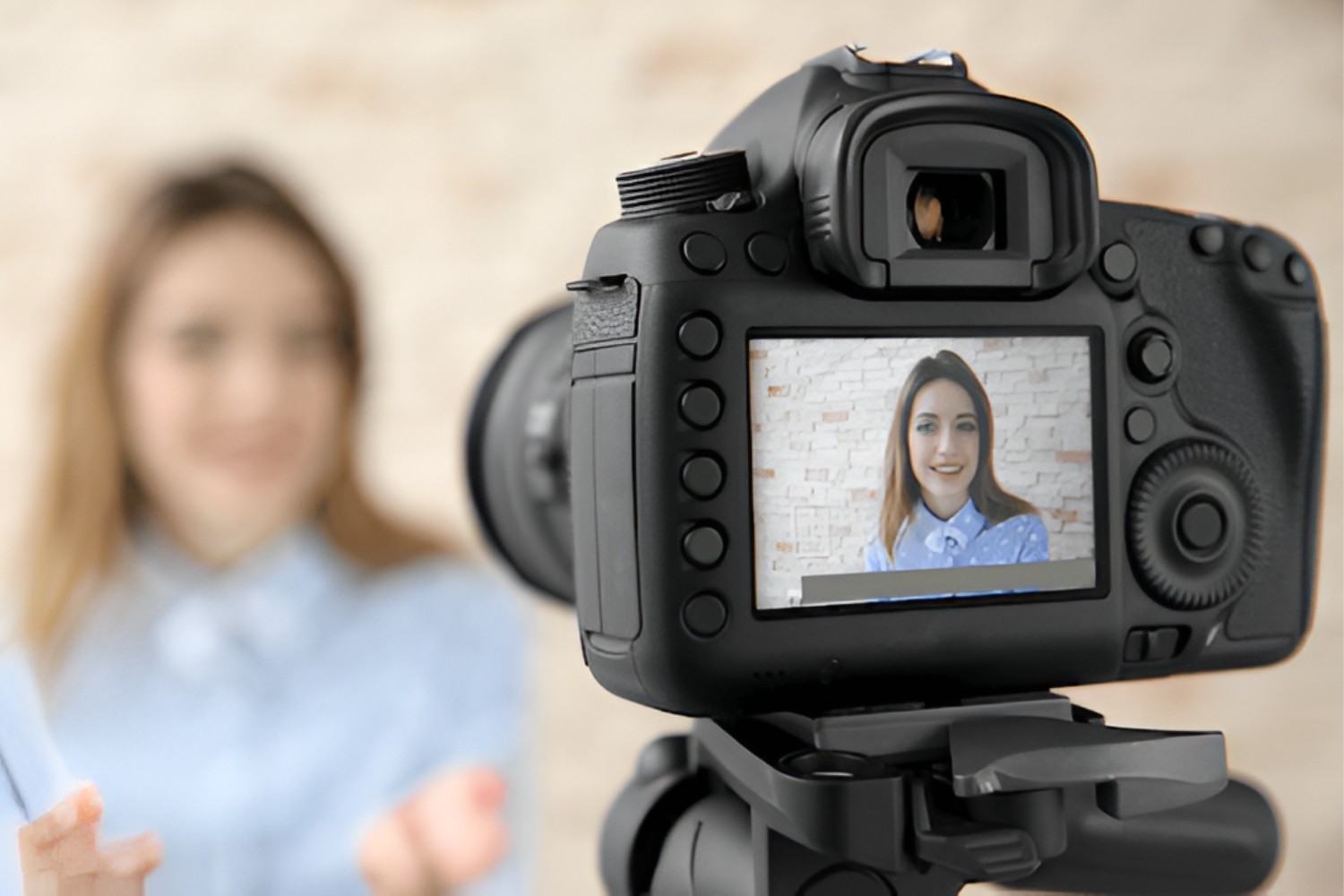Introduction
Welcome to the exciting world of live streaming with your DSLR camera! In today's digital age, live streaming has become an incredibly popular and effective way to connect with audiences in real time, whether you're a content creator, a business owner, or simply someone who wants to share their passion with the world. With the stunning image quality and advanced features of DSLR cameras, live streaming from these devices has become increasingly common, offering a professional and polished look to your broadcasts.
In this comprehensive guide, we will walk you through the process of setting up your DSLR camera for live streaming, from choosing the right equipment to selecting the appropriate software. Whether you're a seasoned photographer looking to expand your reach or a beginner eager to dive into the world of live streaming, this guide will provide you with the essential knowledge and practical tips to elevate your live streaming experience.
Live streaming from a DSLR camera offers numerous advantages, including the ability to capture high-quality video with beautiful depth of field, superior low-light performance, and a wide range of lens options to suit your specific needs. By harnessing the power of your DSLR camera for live streaming, you can take your broadcasts to the next level, engaging your audience with visually stunning content that stands out from the crowd.
Throughout this guide, we will explore the key steps involved in setting up your DSLR camera for live streaming, including selecting the right equipment, configuring your camera settings, connecting it to your computer, and choosing the appropriate software for streaming. Additionally, we will provide valuable tips to ensure a successful and seamless live streaming experience, empowering you to create compelling content that resonates with your viewers.
Whether you're live streaming a tutorial, a product demonstration, a live event, or simply sharing your creative endeavors with the world, this guide will equip you with the knowledge and confidence to harness the full potential of your DSLR camera for live streaming. So, grab your camera, buckle up, and let's embark on this exciting journey into the captivating realm of DSLR live streaming!
Choosing the Right Equipment
When it comes to live streaming from your DSLR camera, selecting the right equipment is crucial to achieving high-quality results and a seamless streaming experience. Here are the key components you’ll need to consider:
- DSLR Camera: The centerpiece of your live streaming setup is, of course, your DSLR camera. Look for a camera model with clean HDMI output, which allows for direct video feed without any on-screen display overlays. Additionally, consider factors such as low-light performance, autofocus capabilities, and compatibility with external microphones.
- Lenses: The choice of lenses can significantly impact the visual quality of your live stream. Depending on your specific requirements, you may opt for prime lenses for crisp, fixed focal length shots, zoom lenses for versatility, or specialty lenses for unique visual effects.
- Tripod or Mounting System: Stability is key to maintaining a professional look in your live stream. Invest in a sturdy tripod or a reliable mounting system to keep your camera steady and secure during the broadcast.
- External Microphone: While DSLR cameras capture exceptional video quality, their built-in microphones may not always deliver the best audio performance. Consider using an external microphone to ensure clear and high-fidelity sound for your live streams.
- Lighting Equipment: Good lighting is essential for creating a visually appealing live stream. Depending on your shooting environment, invest in professional lighting equipment or portable LED panels to achieve optimal lighting conditions.
- Capture Card: To connect your DSLR camera to your computer for live streaming, you may need a capture card that converts the camera’s HDMI output into a format compatible with your streaming software.
- Power Supply and Backup: Ensure that you have reliable power sources for both your camera and other equipment, and consider having backup batteries or power banks to avoid interruptions during your live stream.
By carefully selecting the right equipment tailored to your specific streaming needs, you can lay a strong foundation for delivering captivating and professional live streams with your DSLR camera. With the right tools at your disposal, you’ll be well-prepared to embark on your live streaming journey with confidence and creativity.
Setting Up Your DSLR Camera for Live Streaming
Before diving into the world of live streaming with your DSLR camera, it’s essential to configure your camera settings to ensure optimal performance and compatibility with your streaming setup. Here’s a step-by-step guide to setting up your DSLR camera for live streaming:
- Check HDMI Output: Verify that your DSLR camera offers clean HDMI output, which means the video feed does not include any on-screen display overlays such as focus points or settings information. This clean output is crucial for a professional-looking live stream.
- Adjust Video Settings: Access your camera’s menu and navigate to the video settings. Set the appropriate resolution, frame rate, and video compression settings based on your streaming platform’s requirements and your desired video quality.
- Manual Focus and Exposure: For greater control over your live stream’s visual quality, consider using manual focus and exposure settings. This allows you to fine-tune the focus and exposure levels to suit your specific shooting conditions and creative preferences.
- Audio Settings: If you’re using an external microphone for audio capture, ensure that your camera is configured to receive audio input from the external source. Adjust audio levels and monitor the sound quality to avoid any issues during your live stream.
- Monitor Battery Life: Live streaming can be a power-intensive activity, so it’s important to monitor your camera’s battery life closely. Consider using an AC adapter or a reliable power source to ensure uninterrupted streaming without the risk of a drained battery.
- Custom Presets: Some DSLR cameras offer the ability to save custom presets for video shooting. Take advantage of this feature to store your preferred settings for live streaming, making it easier to quickly configure your camera for future broadcasts.
- Test Your Setup: Before going live, conduct thorough testing of your camera setup, including video and audio quality checks, to identify and address any potential issues. This ensures that you’re well-prepared for a successful live stream.
By meticulously configuring your DSLR camera for live streaming and paying attention to crucial settings such as video output, focus, exposure, and audio, you can lay the groundwork for delivering professional-quality live streams that captivate your audience. With your camera primed and ready, you’re one step closer to sharing compelling content through the captivating medium of live streaming.
Connecting Your DSLR Camera to Your Computer
Once you’ve prepared your DSLR camera for live streaming, the next crucial step is to establish a seamless connection between your camera and your computer, enabling the smooth transmission of high-quality video and audio for your live stream. Here’s a comprehensive guide to connecting your DSLR camera to your computer:
- Use a Compatible Cable: Depending on your camera model, you may need an HDMI or USB cable to connect your DSLR to your computer. Ensure that the cable is compatible with both your camera’s output and your computer’s input ports.
- Utilize a Capture Card: In some cases, you may require a capture card to facilitate the connection between your DSLR camera and your computer. The capture card serves as an intermediary device that converts the camera’s video output into a format suitable for streaming software.
- Open Your Streaming Software: Launch your preferred streaming software on your computer. Popular options include OBS Studio, Streamlabs OBS, XSplit, and many others. These software applications provide the necessary tools to configure your camera input and manage your live stream settings.
- Configure Camera Input: Within your streaming software, access the settings or preferences related to video input devices. Select your DSLR camera as the video source, and adjust any additional settings such as resolution, frame rate, and audio input if applicable.
- Test the Connection: Before going live, conduct a test stream to ensure that your camera is successfully transmitting video and audio to your computer. Use the software’s monitoring tools to verify the quality of the video feed and audio input, making any necessary adjustments for optimal performance.
- Monitor Performance: Throughout your live stream, keep a close eye on the connection between your DSLR camera and your computer. Monitor for any potential issues such as dropped frames, audio sync problems, or overheating, and take corrective actions as needed to maintain a smooth streaming experience.
By establishing a reliable and efficient connection between your DSLR camera and your computer, you can harness the full potential of your camera’s capabilities for live streaming, delivering visually stunning content to engage your audience. With the technical aspects in place, you’re well-prepared to focus on creating compelling and captivating live streams that leave a lasting impression on your viewers.
Choosing the Right Software for Live Streaming
When it comes to live streaming from your DSLR camera, selecting the appropriate software is a critical decision that directly impacts the quality, flexibility, and overall success of your broadcasts. Here are the key considerations to keep in mind when choosing the right software for live streaming:
- Compatibility: Ensure that the software you choose is compatible with your operating system and provides support for connecting DSLR cameras as video input sources. Look for software that offers seamless integration with DSLR cameras and provides the necessary tools for configuring video and audio settings.
- Feature Set: Evaluate the feature set offered by different streaming software options. Look for features such as scene transitions, customizable overlays, support for multiple audio sources, and the ability to incorporate graphics or text overlays into your live stream. These features can enhance the visual appeal and professionalism of your broadcasts.
- Reliability and Stability: Opt for software known for its reliability and stability during live streaming. The software should be capable of handling extended streaming sessions without encountering frequent crashes, freezes, or performance issues that could disrupt your broadcasts.
- Community and Support: Consider the availability of a supportive user community and reliable technical support for the software. A strong user community can provide valuable insights, tutorials, and troubleshooting assistance, while responsive technical support can address any software-related issues promptly.
- Integration with Streaming Platforms: If you have specific preferences for streaming platforms such as Twitch, YouTube, Facebook Live, or others, ensure that the software seamlessly integrates with your platform of choice. Look for built-in features or plugins that facilitate direct streaming to your preferred platforms.
- Customization and Flexibility: Choose software that offers a high degree of customization and flexibility in configuring your live stream. The ability to create custom layouts, add branded elements, and tailor the streaming settings to your specific requirements can elevate the production value of your broadcasts.
By carefully evaluating these key factors and selecting software that aligns with your technical needs, creative vision, and streaming goals, you can empower yourself to produce professional-quality live streams that resonate with your audience. With the right software at your disposal, you’ll have the tools to bring your creative ideas to life and deliver captivating live streaming experiences that leave a lasting impact.
Tips for a Successful DSLR Live Stream
Embarking on a DSLR live streaming journey presents an exciting opportunity to engage your audience with visually compelling content. To ensure that your live streams are not only technically sound but also captivating and memorable, consider the following tips for a successful DSLR live stream:
- Plan and Prepare: Before going live, create a detailed plan for your stream, including the content you’ll cover, any visual aids or props you’ll use, and a rough schedule for the broadcast. Proper preparation can help you deliver a polished and organized live stream.
- Test Your Setup: Conduct thorough testing of your DSLR camera, audio equipment, and streaming software before the actual broadcast. This includes checking video and audio quality, monitoring internet connection stability, and ensuring that all technical aspects are functioning as intended.
- Engage Your Audience: Interact with your viewers throughout the live stream by acknowledging comments, answering questions, and encouraging participation. Building a sense of community and connection with your audience can enhance the overall viewing experience.
- Optimize Lighting and Framing: Pay attention to lighting conditions and framing to create visually appealing compositions. Experiment with different lighting setups and camera angles to find the most flattering and engaging visual presentation for your live stream.
- Deliver Quality Audio: Clear and crisp audio is essential for maintaining viewer engagement. Ensure that your microphone is positioned correctly, audio levels are balanced, and background noise is minimized to deliver high-quality sound to your audience.
- Promote Your Stream: Build anticipation for your live stream by promoting it across your social media channels, website, or other platforms where your audience is active. Encourage your followers to mark their calendars and join you for the upcoming broadcast.
- Stay Engaging and Authentic: Infuse your personality and passion into the live stream to create an engaging and authentic experience for your audience. Be enthusiastic, genuine, and relatable, allowing your unique style to shine through during the broadcast.
- Monitor Viewer Feedback: Pay attention to viewer feedback during the live stream and make adjustments as needed. Whether it’s audio levels, visual clarity, or pacing, being responsive to viewer input can enhance the overall quality of your broadcasts.
By incorporating these tips into your DSLR live streaming approach, you can elevate the quality of your broadcasts and create an immersive and enjoyable viewing experience for your audience. With careful planning, technical proficiency, and a genuine connection with your viewers, your DSLR live streams can leave a lasting impression and cultivate a dedicated and engaged audience.
Conclusion
Congratulations! You’ve now gained valuable insights and practical knowledge to embark on an exciting journey into the realm of DSLR live streaming. By carefully selecting the right equipment, configuring your DSLR camera for optimal performance, establishing a seamless connection to your computer, choosing the appropriate software, and implementing valuable tips for successful live streams, you’re well-equipped to create captivating and professional-quality broadcasts that resonate with your audience.
As you venture into the world of DSLR live streaming, remember to embrace creativity, authenticity, and a spirit of continuous improvement. Each live stream presents an opportunity to engage, inspire, and connect with your audience in meaningful ways, and your DSLR camera serves as a powerful tool to bring your creative vision to life.
Whether you’re sharing your expertise, showcasing your artistic endeavors, or connecting with a community of like-minded individuals, your DSLR live streams have the potential to leave a lasting impact and build a loyal following. By leveraging the technical knowledge and practical tips provided in this guide, you can confidently navigate the intricacies of DSLR live streaming and unlock the full potential of your camera as a versatile and dynamic tool for content creation.
So, gather your equipment, set the stage, and let your creativity flow as you embark on this exhilarating journey into the captivating world of DSLR live streaming. With dedication, passion, and the right techniques at your disposal, you’re poised to captivate audiences, share compelling stories, and leave an indelible mark through the captivating medium of live streaming with your DSLR camera.







